Introduction
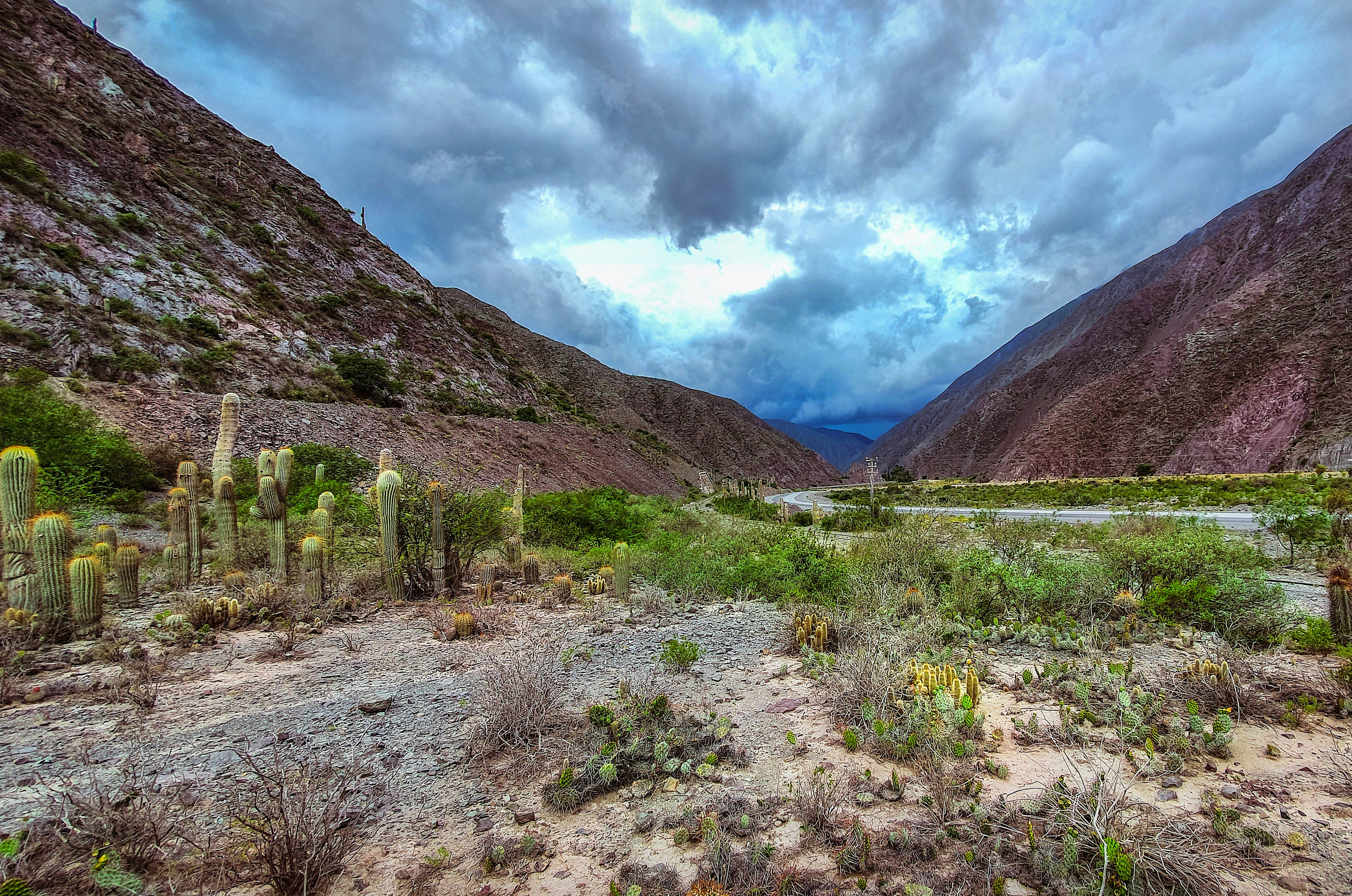
Welcome to the fascinating world of desert cacti, where extraordinary diversity and unique adaptations await your exploration. In this article, we will embark on a journey into the diverse desert cacti of Arizona, a place renowned for its vast array of cacti species. From the iconic Prickly Pear Cactus to the majestic Saguaro Cactus, Arizona offers the perfect setting to discover the wonders of desert cacti variety.
The Fascinating World of Desert Cacti
Desert cacti are intriguing plants that have evolved to survive in extreme arid conditions. With their ability to store water and adapt to harsh environments, these resilient plants have captured the imagination of botanists and nature enthusiasts alike. Their unique shapes, vibrant colors, and intricate designs make them true marvels of nature's artistry.
Why Arizona is the Perfect Place to Discover Cacti Variety
Arizona's diverse landscapes and favorable climate provide an ideal habitat for a wide range of cacti species. From sprawling deserts to rugged canyons, this southwestern state offers a stunning backdrop for exploring different types of desert cacti. With over 30 native species found here, Arizona is truly a haven for those seeking an immersive experience in discovering desert cacti variety.
A Journey into the Diverse Desert Cacti of Arizona
Embark on an unforgettable journey as we delve into the rich tapestry of Arizona's desert cacti. From iconic symbols like the Prickly Pear Cactus and Saguaro Cactus to lesser-known treasures like the Cholla Cactus and Fishhook Cactus, each species has its own unique features and contributions to Arizona's ecosystem. Join us as we unveil their secrets and appreciate their vital role in preserving our natural heritage.
Exploring the Native Cacti Species in Arizona
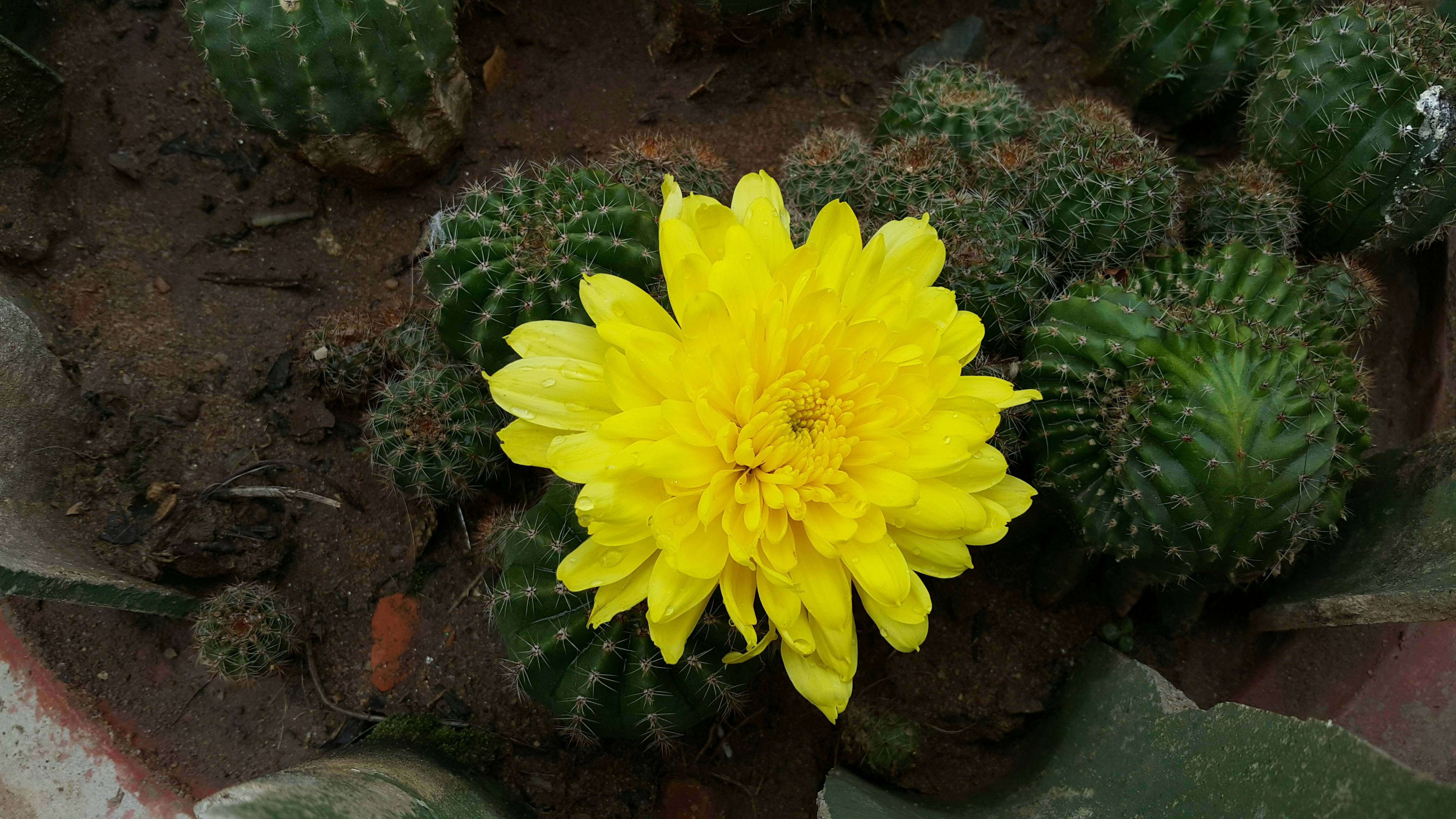
The Prickly Pear Cactus: A Desert Icon
The Prickly Pear cactus is a true desert icon, with its distinct paddle-shaped pads and vibrant yellow flowers. This resilient cactus can be found throughout Arizona, thriving in the harshest of conditions. Its spines may be intimidating, but don't let that fool you - this cactus has a delicious secret. Its fruits, known as tunas, are not only visually striking but also make for a tasty treat. Whether enjoyed fresh or used in jams and jellies, the Prickly Pear cactus offers a unique culinary experience.
The Saguaro Cactus: Symbol of the Southwest
No discussion about Arizona's native cacti would be complete without mentioning the majestic Saguaro cactus. Standing tall with its iconic arms reaching towards the sky, this symbol of the Southwest is truly awe-inspiring. These slow-growing giants can live for over 150 years and provide vital habitat for numerous desert creatures. During their impressive blooming season in late spring to early summer, their white flowers open at night and are pollinated by bats and moths, adding to their mystique.
The Barrel Cactus: An Unforgettable Sight
When exploring Arizona's desert landscapes, it's hard to miss the unforgettable sight of Barrel cacti dotting the terrain. With their cylindrical shape and ribbed texture, these hardy plants have adapted perfectly to survive in arid environments. Their vibrant yellow or orange flowers bloom atop their rounded bodies, attracting pollinators such as bees and butterflies. But what truly sets them apart is their ability to store water within their thick stems, allowing them to endure extended periods of drought.
Unveiling the Unique Features of Arizona's Cacti
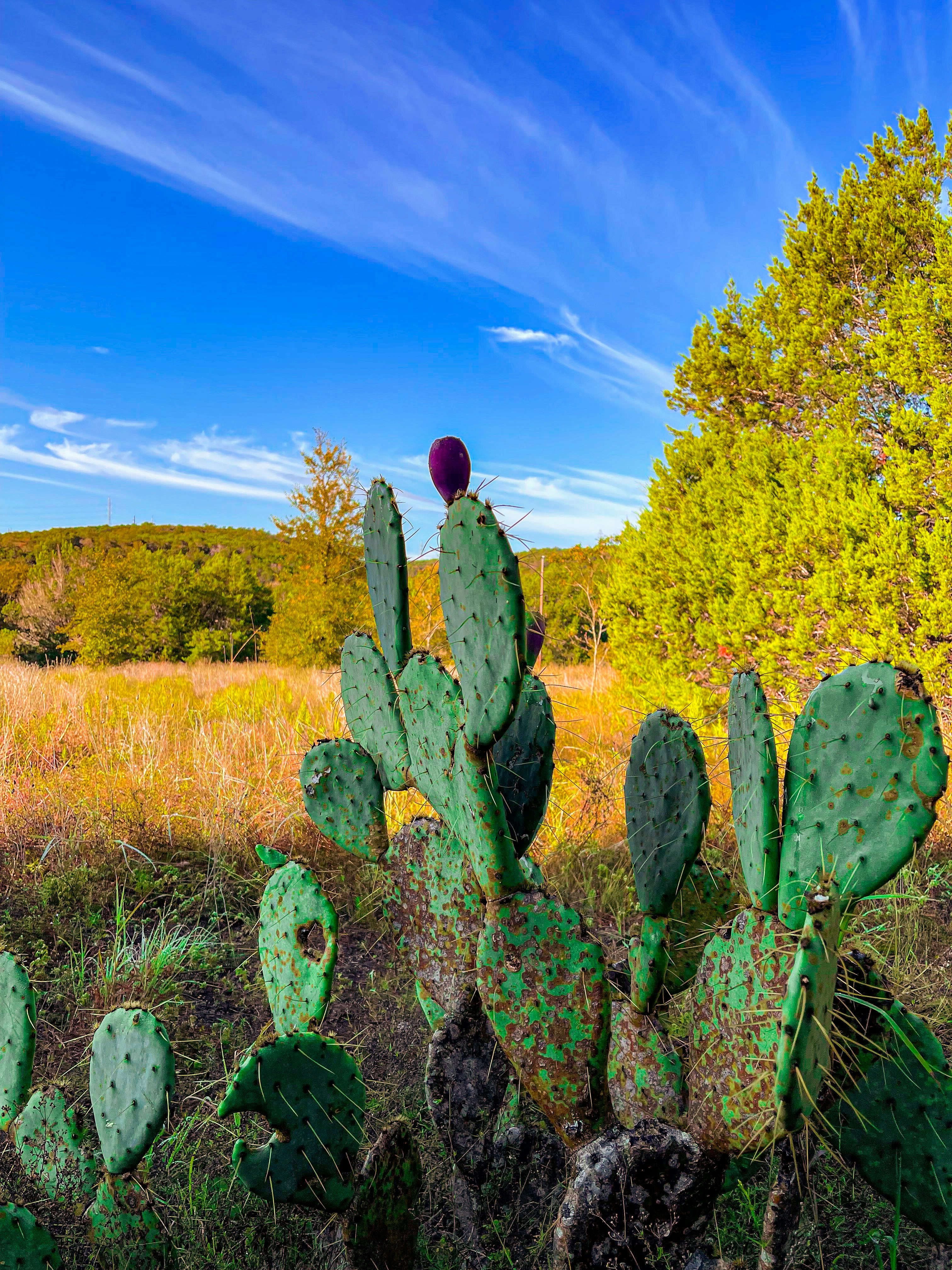
Adapting to Harsh Conditions: How Cacti Thrive in the Desert
In order to survive in the harsh desert environment, Arizona's cacti have developed remarkable adaptations. Their ability to thrive in extreme heat and limited water sources is truly awe-inspiring. With their thick, waxy skin and spiky exterior, cacti have evolved to protect themselves from predators and reduce water loss through evaporation. They also have shallow root systems that allow them to quickly absorb any moisture from infrequent rainfall. These adaptations enable cacti to not only survive, but also flourish in the arid desert landscape.
Remarkable Water Storage Abilities: Survival Secrets of Cacti
One of the most fascinating features of Arizona's cacti is their incredible water storage abilities. Inside their succulent stems, cacti store large amounts of water, allowing them to endure long periods without rain. This adaptation enables them to not only survive droughts, but also provide a vital water source for other desert creatures during times of scarcity. The ability of cacti to efficiently store and utilize water is a testament to their resilience and resourcefulness.
Intricate Cacti Designs: Nature's Artistry at Its Finest
Take a closer look at Arizona's cacti and you'll discover nature's exquisite artistry on full display. From the symmetrical arms of the majestic saguaro cactus reaching towards the sky, to the delicate patterns adorning the prickly pear's vibrant pads, each species boasts its own unique design. These intricate patterns not only add visual appeal but also serve important functions such as providing shade or attracting pollinators with their vivid colors. The diverse array of shapes and patterns found among Arizona's cacti truly showcases nature's creativity.
Continue writing next section:
Lesser-Known Cacti Treasures of Arizona
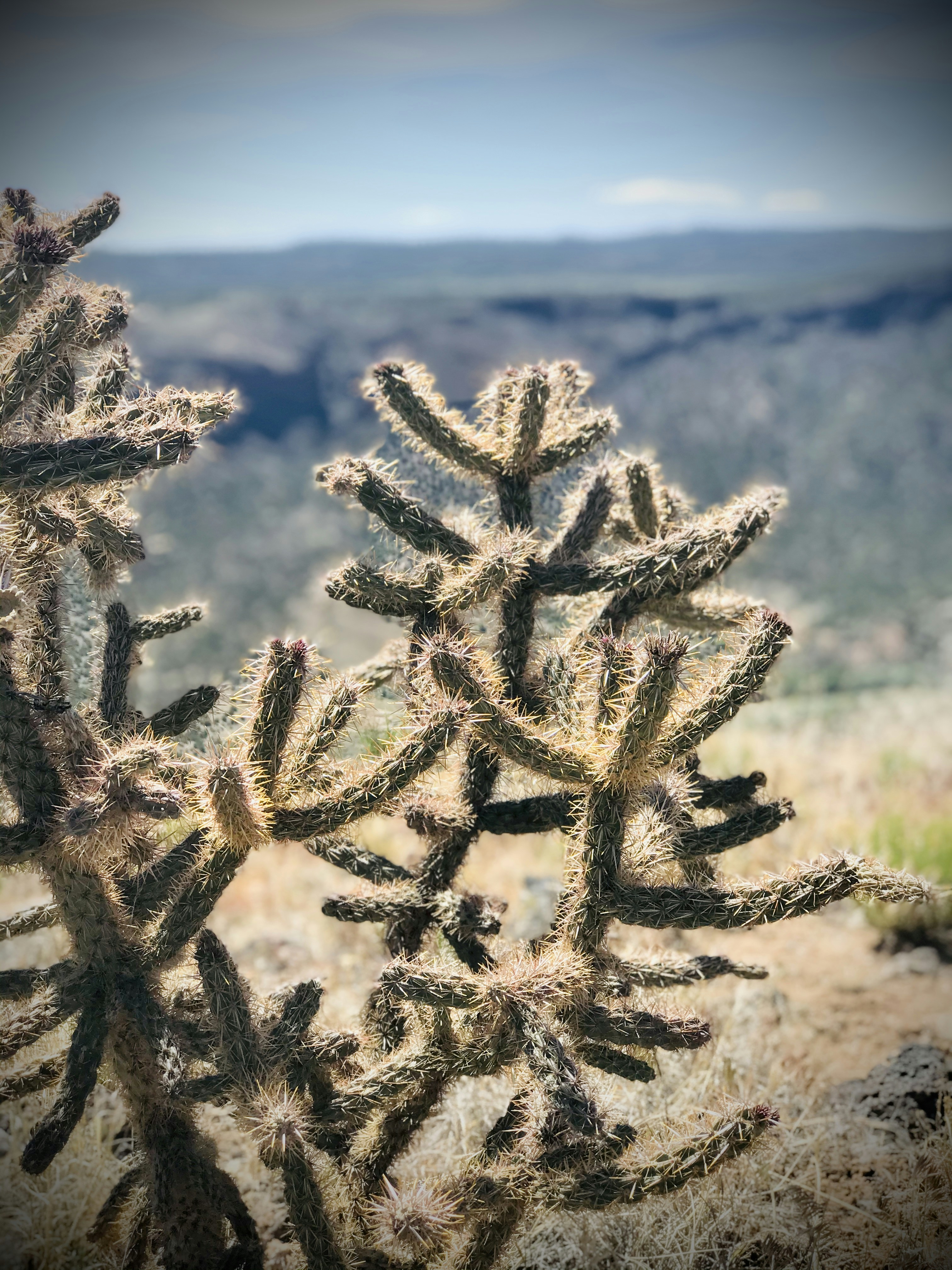
Cholla Cactus: The Dancing Balls of the Desert
The Cholla cactus, also known as the dancing balls of the desert, is a unique and captivating species found in Arizona. With its cylindrical stems covered in spines, it seems to sway and move with the wind, creating a mesmerizing sight. This cactus comes in various species, each with its own distinct features and adaptations to survive in the harsh desert environment. Its vibrant yellow flowers bloom in spring, adding a splash of color to the arid landscape. The Cholla cactus serves as an important food source for wildlife and has been used by Native Americans for medicinal purposes.
Organ Pipe Cactus: Beauty in its Branches
Named after its resemblance to a pipe organ, the Organ Pipe cactus is another hidden gem of Arizona's cacti diversity. This tall and slender cactus stands out with multiple branches that extend from a central trunk, creating a stunning silhouette against the desert sky. Its beautiful white flowers bloom at night, attracting pollinators such as bats and moths. With its ability to store large amounts of water during rainy seasons, the Organ Pipe cactus has adapted well to survive in arid conditions. It plays an essential role in providing shelter for birds and other small animals.
Fishhook Cactus: A Tiny Wonder of the Desert
Don't let its small size fool you; the Fishhook cactus is a true wonder of the desert. Growing only up to six inches tall, this diminutive cactus displays an impressive array of curved spines that resemble fishhooks - hence its name! Its vibrant pink or yellow flowers bloom during springtime, attracting bees and butterflies with their sweet nectar. Despite its small stature, this resilient cactus can withstand extreme temperatures and droughts by storing water within its fleshy stems. The Fishhook cactus is a delightful addition to Arizona's cacti family, showcasing the incredible diversity of desert plants.
The Role of Cacti in Arizona's Ecosystem
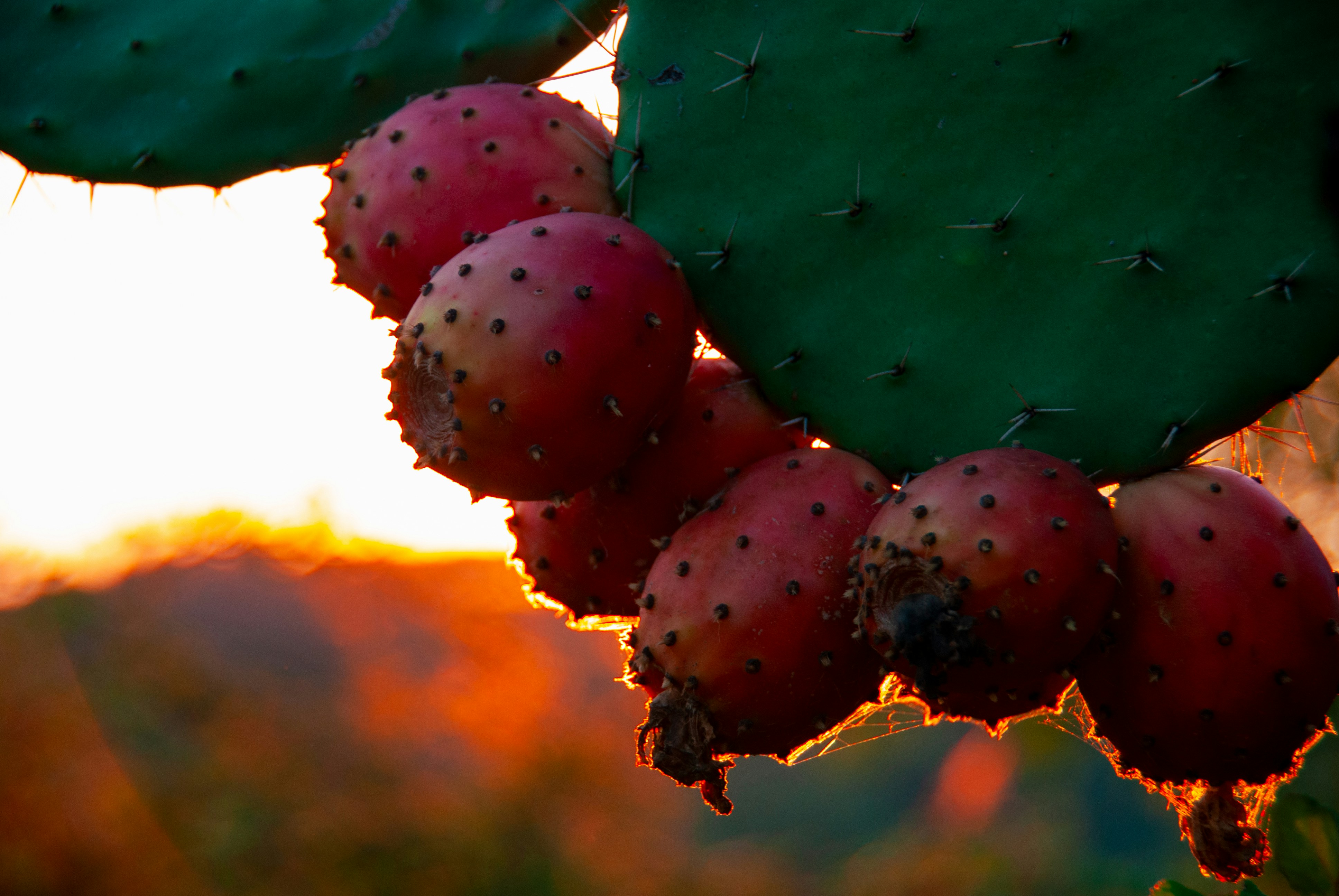
Providing Shelter and Nourishment: Cacti as Essential Habitat
Cacti play a vital role in Arizona's ecosystem by providing shelter and nourishment to a wide range of organisms. The spiny exterior of cacti serves as protection against predators, creating a safe haven for smaller animals such as birds, reptiles, and insects. These creatures find refuge within the nooks and crannies of cacti, using them as nesting sites or hiding places from the scorching desert sun.
Additionally, cacti serve as a source of food for many animals. Birds feed on the juicy fruits and nectar produced by certain cactus species, while desert rodents rely on the seeds and pulp for sustenance. Even larger mammals like deer and javelinas munch on the fleshy pads of prickly pear cacti.
Pollination Partnerships: Cacti and their Specialized Pollinators
Cacti have developed fascinating partnerships with specialized pollinators to ensure their survival in the harsh desert environment. Bees, butterflies, bats, moths, and even hummingbirds are attracted to the vibrant flowers that bloom atop various cactus species. These pollinators play an essential role in transferring pollen from one flower to another, enabling fertilization and subsequent fruit production.
The intricate relationship between cacti and their pollinators is a testament to nature's remarkable adaptability. For example, certain types of bees have evolved long tongues specifically designed to reach deep into barrel-shaped cactus flowers for nectar. This mutual dependency ensures the continuation of both cacti and their pollinators in Arizona's ecosystem.
Native Uses and Medicinal Properties of Arizona's Cacti
Beyond their ecological significance, Arizona's cacti have long been utilized by Native American tribes for various purposes. The prickly pear cactus, for instance, has been a valuable source of food and medicine. Its pads can be cooked and eaten as a nutritious vegetable, while its fruits are used to make jams, jellies, and beverages.
Certain cactus species also possess medicinal properties. For example, the saguaro cactus has been traditionally used to treat indigestion and skin conditions. Its inner flesh can be applied topically to soothe burns or wounds. Native tribes have passed down this knowledge through generations, recognizing the healing potential of these desert treasures.
Protecting Arizona's Cacti Diversity: Conservation Efforts

Arizona's unique and diverse cacti species are facing numerous threats due to human impact and climate change. These remarkable plants, which have adapted to survive in harsh desert conditions, are now in danger of disappearing if we don't take action to protect them.
Threats to Desert Cacti: Human Impact and Climate Change
Human activities such as urban development, agriculture, and illegal collection pose significant threats to the survival of desert cacti in Arizona. As more land is cleared for infrastructure and agriculture, the natural habitats of these plants are destroyed, leaving them vulnerable to extinction. Additionally, climate change exacerbates these threats by altering rainfall patterns and increasing the frequency of extreme weather events.
To illustrate the impact of human activity on cacti diversity, consider the saguaro cactus. This iconic symbol of the Southwest is often illegally harvested for its valuable wood and is also affected by habitat loss due to urban expansion. Without intervention, these majestic giants may soon become a rare sight in Arizona's landscape.
Conservation Programs: Preserving Cacti for Future Generations
Thankfully, there are conservation programs in place that aim to protect Arizona's cacti diversity for future generations. Organizations like the Desert Botanical Garden and The Nature Conservancy work tirelessly to preserve natural habitats and raise awareness about the importance of cactus conservation.
These programs focus on initiatives such as habitat restoration, seed banking, and public education. By restoring degraded areas and reintroducing native cacti species into their natural environments, they strive to ensure that these plants can thrive once again.
How You Can Help: Promoting Cacti Awareness and Conservation
You too can play a role in protecting Arizona's precious cacti diversity! Start by educating yourself about these fascinating plants and sharing your knowledge with others. Spread awareness about the threats they face and the importance of conservation.
Support local conservation organizations by volunteering your time or making a donation. By contributing to their efforts, you directly help preserve cacti habitats and promote their long-term survival.
Remember, every action counts. Choose sustainable practices in your daily life, such as conserving water and reducing your carbon footprint. By making environmentally conscious choices, you contribute to the overall well-being of desert cacti and their fragile ecosystems.
Conclusion
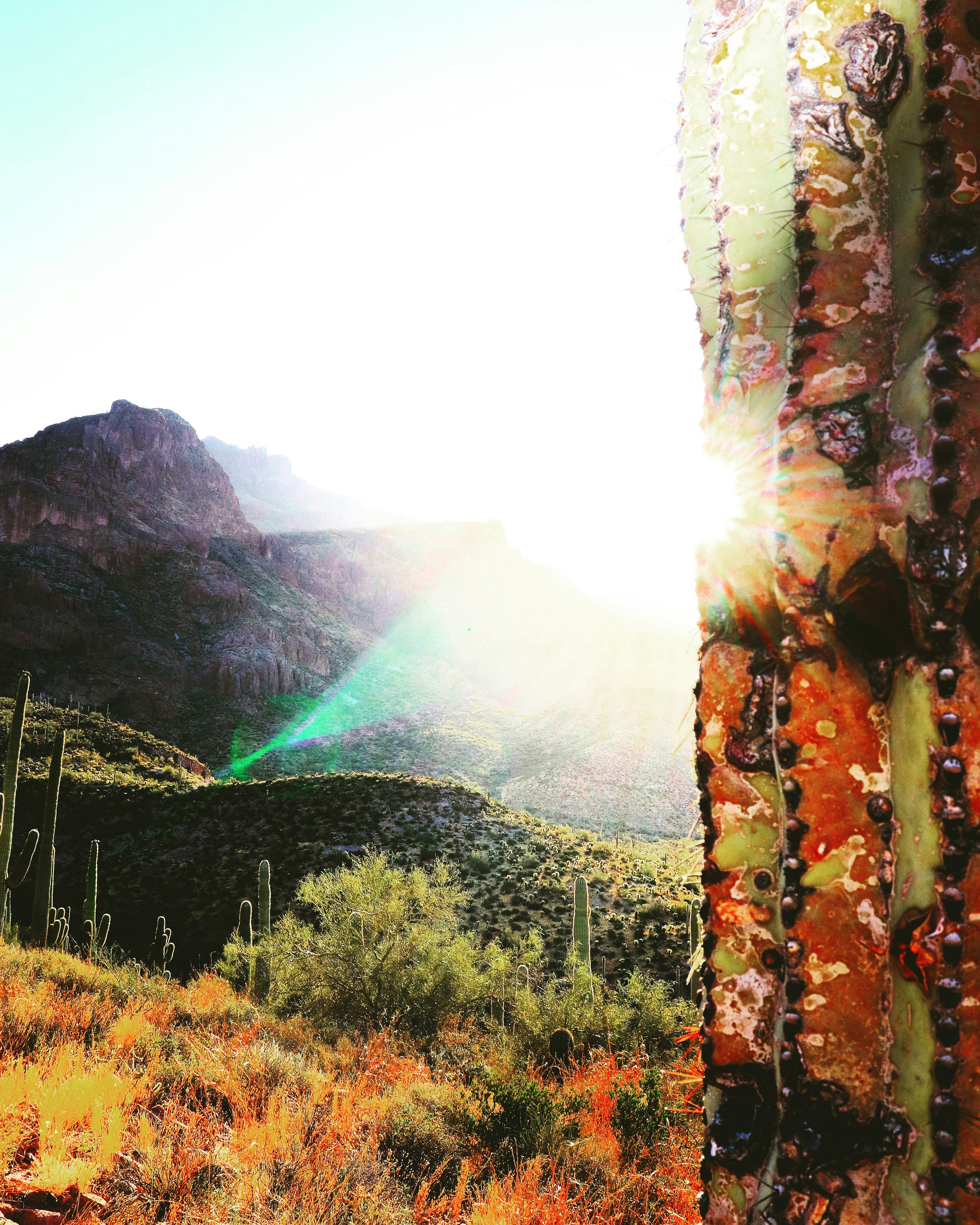
Embark on an Unforgettable Cacti Adventure in Arizona
Arizona's desert landscape offers a captivating journey into the world of desert cacti. With its vast array of species and stunning natural beauty, Arizona is the perfect destination for cactus enthusiasts and nature lovers alike. From the iconic Prickly Pear Cactus to the majestic Saguaro Cactus, there is no shortage of incredible sights to discover. So pack your bags, grab your camera, and get ready for an unforgettable cacti adventure in Arizona!
Discover the Extraordinary Diversity of Desert Cacti
One of the most fascinating aspects of Arizona's cacti is their incredible variety. Each species has its own unique characteristics and adaptations that allow it to thrive in the harsh desert environment. Whether it's the towering Saguaro with its majestic arms or the whimsical Cholla with its dancing balls, you'll be amazed by the sheer diversity and beauty that these desert treasures have to offer.
Appreciate and Protect Arizona's Prickly Treasures
As we explore and admire Arizona's cacti, it is important to remember their significance within the ecosystem. These prickly wonders provide essential shelter and nourishment for a variety of wildlife, making them vital contributors to Arizona's biodiversity. Additionally, many native cultures have utilized these plants for centuries, harnessing their medicinal properties and incorporating them into traditional practices. By appreciating and protecting these prickly treasures, we can ensure their survival for future generations.
In conclusion, exploring Arizona's diverse desert cacti is an adventure like no other. From the remarkable adaptations that allow them to thrive in harsh conditions to their vital role within the ecosystem, these prickly wonders deserve our admiration and protection. So let's embark on this cacti adventure, marvel at their extraordinary diversity, and ensure that Arizona's prickly treasures continue to flourish for generations to come.
